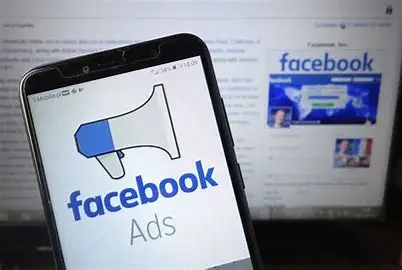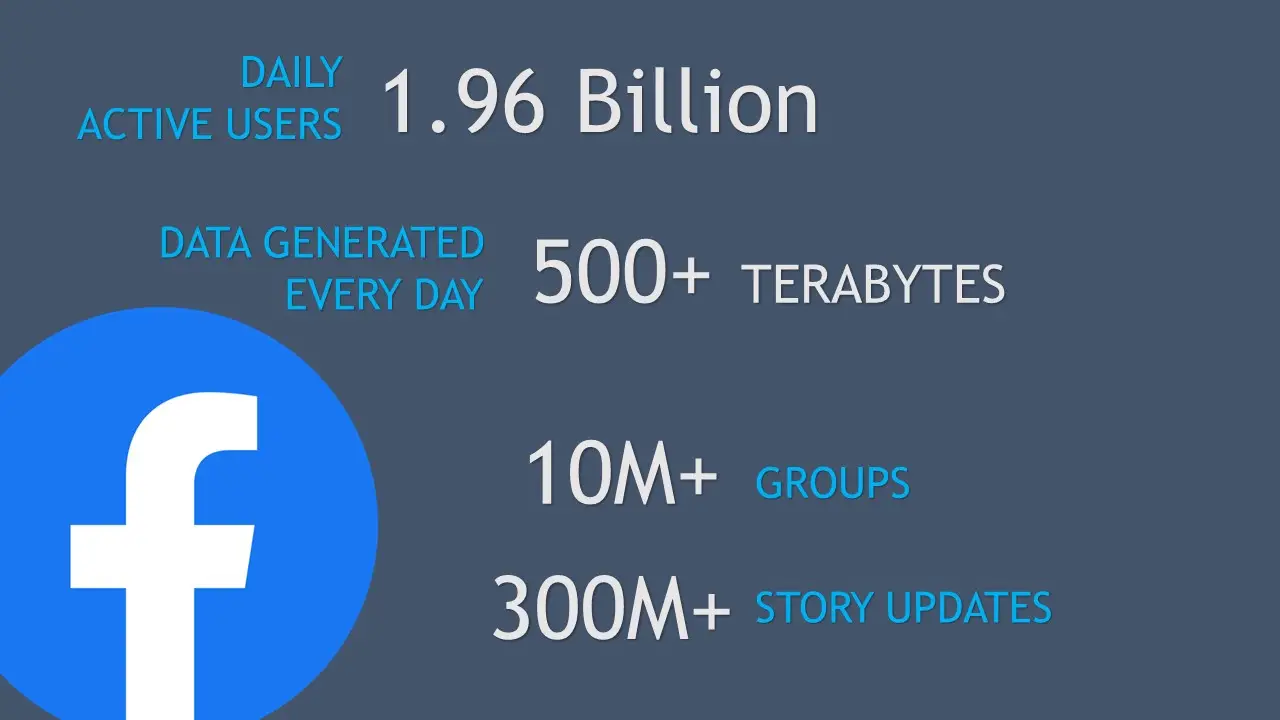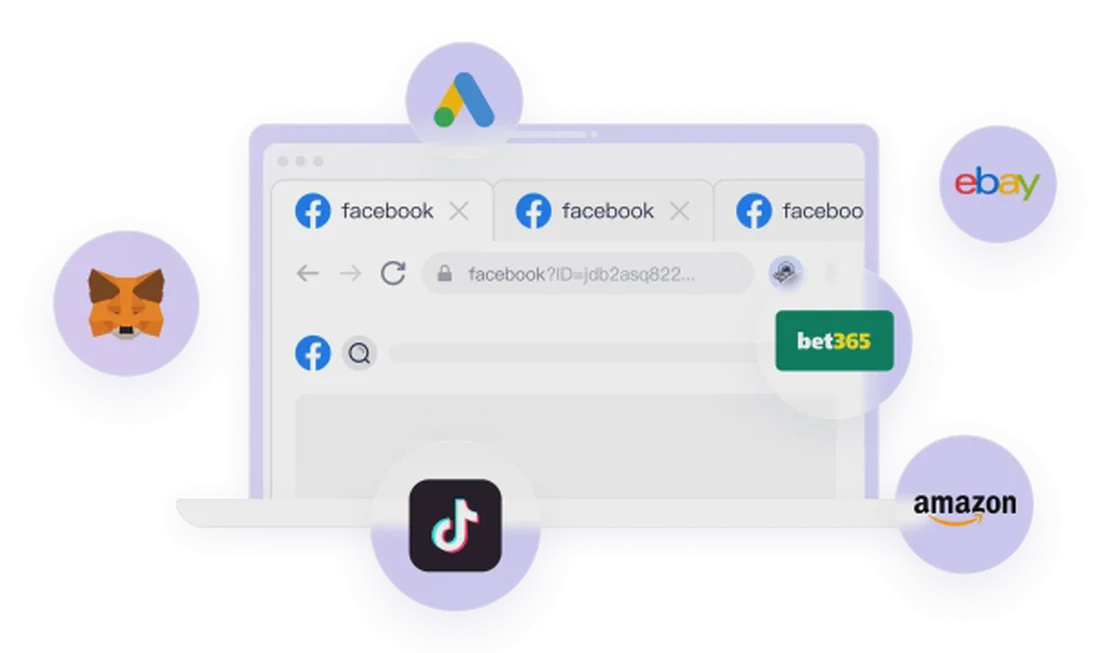For every digital marketer, the massive data sea of the Facebook Ads backend is both a treasure trove of opportunity and a swamp of confusion. We’re familiar with metrics like impressions, clicks, and conversion rates, but when everyone sees the same numbers, the competitive edge lies in who can read the story behind the data. As the senior ad expert revealed : Even many professional advertisers might be misinterpreting their data, leading them to make wrong decisions and stalling their ad performance for long periods.
This article will guide you out of the pitfalls of data analysis and help you build your own, professional-level framework. It’s time to elevate your Facebook ad campaigns from a focus on “quantity” to a mastery of “quality.”

Layer 1: The Law of Survival - Determining Ad Profitability
Before looking at any flashy metrics, we must return to the essence of business advertising: is this trade profitable or not? We defines this as the “first part” of data analysis and the starting point of daily reviews. The goal of this layer is to quickly assess the health of your ad account.
The core data combination you should focus on includes:
- Amount Spent: Confirm that your money is actually being spent.
- Purchase Count: This is your core business outcome. For e-commerce, it’s “Purchase”; for lead generation, it’s “Leads.”
- Cost Per Result: (e.g.,
Amount Spent / Purchase). This is the first key metric for measuring ad efficiency. - Purchase Value: The total revenue from all completed transactions.
- Return on Ad Spend (ROAS): (e.g.,
Purchase Value / Amount Spent). This is the final judge.
If an ad series has a healthy overall ROI (like the 3x and 8x mentioned in the video), it means the “big picture” of the campaign is correct. Only when these core metrics show a problem should you dive into the “funnel data” to find the specific pain points. This “big picture first” mindset allows you to focus your limited energy on what’s most important, avoiding burnout on trivial details.
Layer 2: Funnel Diagnosis - Optimizing Path from Checkout to Cart
When an ad series’s ROAS is underwhelming, we shouldn’t simply dismiss the ad itself. Instead, we should act like a detective, tracing the user’s conversion funnel from the bottom up, step by step, to find the root cause.
- Checkout Initiation & Cost: The bottom of the funnel is “Purchase,” and the layer above is “Initiated Checkout.” If you see a ratio like “10 people started checkout, but only 1 purchased,” the problem is likely with your website’s checkout page, not your ad. It could be high shipping costs, a complicated payment flow, or a front-end error.
- Add to Cart Count & Cost: Another layer up is “Add to Cart.” It gave a vivid example: if a product’s price is only a dozen dollars, but the “Cost Per Add to Cart” is already $10, that’s clearly unsustainable. This tells us that for low-priced products, we need to control the add-to-cart cost, or better yet, increase the Average Order Value (AOV) through bundle offers, making the “top of the funnel” more valuable.
By analyzing these two layers of data, you can break down a complex problem like “poor performance” into specific, solvable issues like “checkout page has a problem” or “the ad is attracting low-quality users,” allowing for targeted optimization.

Layer 3: Traffic Insights and Content is King
Once you’ve confirmed the profitability of your ad and optimized the conversion funnel, the next step is to figure out how to drive traffic at a lower cost and create more engaging content.
- Outbound Click: The default
CLICKmetric that many people use includes all interactions within the platform, like clicking on the ad’s profile picture, liking, or commenting. These “on-platform clicks” are almost useless for driving website traffic and final sales. What truly matters isOutbound Click—clicks that follow the ad’s link and take users off the platform to your website or landing page. The CTR and CPC calculated based on Outbound Click are the true metrics for gauging ad creative appeal and link effectiveness. - Reach & CPM:
ImpressionandReachare easily confused metrics. An impression is the total number of times an ad is displayed, while reach is the number of unique users who saw it. WhenFrequency(the average number of times an ad was shown to each person) is too high (e.g., showing to the same user 5+ times a day), the ad becomes spam, wasting budget and damaging your brand’s image. CPM (Cost Per Mille/thousand impressions) is one of the core metrics for measuring ad creative quality and audience targeting precision. - Hook Rate & Post Share: These two metrics are the direct evidence of “Content is King.”
- Hook Rate: Directly tells you if the first 3 seconds of your video ad can capture the user’s attention. In an age of information overload, the “golden rule” of the first 3 seconds determines an ad’s life or death.
- Post Share: When users are willing to share your ad, it’s the ultimate testament to its depth and emotional resonance. An ad that is shared 147 times, as in the example, has far greater viral potential than an ad that gets clicks but no engagement. Ad delivery skills can be learned in the short term, but mastering content is what creates the real gap between advertisers.
An Advanced Tool for Data Analysts: The Efficient & Secure Marketing Arsenal
Mastering this three-layer data analysis framework already elevates you beyond 90% of marketers. However, at the execution level, especially when you need to conduct large-scale A/B tests, manage multiple advertiser accounts, or analyze competitor creatives anonymously, you’ll encounter new bottlenecks.
- The “Contamination” Problem in A/B Testing: When you’re testing multiple ad creatives simultaneously, to avoid “ad fatigue” (users seeing the same creative multiple times, leading to a drop in CTR), you need different user segments to see different ads. But if you operate under the same Facebook account on the same device, the platform can easily recognize that it’s the same person testing, potentially providing you with “contaminated” data or limiting the scale of your test.
- The “Minefield” of Multi-Account Management: As a marketing specialist or agency, you may need to run ads for multiple clients and brands on Facebook. If all accounts log in from the same IP address and browser environment, Facebook’s algorithms will quickly associate these accounts. This not only risks “account sharing” but, even worse, if one account gets banned for a policy violation, it could “harm the innocent” and potentially get all your clients’ accounts flagged.
This is where the FlashID Anti-Detect Browser provides its core value—it’s not a direct analytics tool, but the “infrastructure” that ensures your analysis and testing process is secure, efficient, and scalable.
Imagine your team needs to analyze the initial performance of 500 new ad creatives:
- Secure Isolation: You can use FlashID to create a completely independent Facebook ad account environment for each creative being tested. Each environment has a unique IP address, browser fingerprint, device ID, and cookies. This way, Facebook perceives these actions as coming from 500 independent users around the world. Your A/B test results will be incredibly pure and accurate, completely avoiding “environmental contamination.”
- Efficient Execution: FlashID’s window sync and RPA automation features allow you to perform operations on all test accounts simultaneously, such as bulk-creating ad groups, adjusting budgets, and downloading reports. This transforms what was originally a labor-intensive task taking several days into a job that can be completed in just a few hours, dramatically improving testing efficiency and iteration speed.
- Management & Compliance: With FlashID, you can completely isolate ad accounts for different clients, practicing a “one-person, one-machine, one-environment” best-principle that eliminates the risk of account association, making your service more professional and reassuring. It also provides your team with a standardized work environment, making it easier for onboarding and project handovers.
In summary, if data analysis is the “brain” of marketing, FlashID is the “skeleton” and “nervous system” that ensures this brain can operate safely and at high speed. With it, you can not only interpret data more confidently but also validate every marketing hypothesis on an unprecedented scale and efficiency.

Frequently Asked Questions (FAQ)
Q: Why can’t I use the default “CLICK” as the main metric to measure ad performance anymore?
A: Because the default “CLICK” includes all on-platform click behaviors, such as likes, comments, and clicking to view the profile. These actions do not directly drive website traffic or sales, and therefore will severely mislead your judgment on the effectiveness of your creative, leading you to calculate a “contaminated” CTR and CPC. The truly valuable “Outbound Click” is the core metric for measuring whether an ad can successfully drive traffic to your independent site.
Q: How can I quickly identify the root cause of low ROAS? Which data should I look at first?
A: Follow the professional-level data analysis mindset in three steps:
- Layer 1 (Profitability): First, look at ROAS and Cost Per Result to see if the campaign is profitable overall.
- Layer 2 (Funnel Diagnosis): If profits are low, look down at “Initiated Checkout” and “Add to Cart” numbers. If “Add to Cart” is much higher than “Purchase,” the problem might be the website checkout flow. If CTR is low but Add to Cart Cost is high, the problem might be the creative or landing page.
- Layer 3 (Traffic & Content): If the funnel is fine but costs are high, analyze Outbound CTR and CPM to optimize creative appeal; analyze Hook Rate to improve the first 3 seconds of your video; analyze Post Share to find content with viral potential.
Q: How do Hook Rate and Post Share help me judge if the content is good?
A: Hook Rate directly reflects your ad creative’s “attention-grabbing” ability. If the completion rate of the first 3 seconds is low, it means users have no desire to “stop and watch,” so even great content later on won’t be seen. Post Share is the ultimate testament to the ad’s “social value” and “emotional resonance.” People only share what they truly like or find valuable. An ad with a high share count indicates it has viral potential, and its subsequent “cold start” acquisition cost will be very low.
Q: My ad budget is small, so I can’t do large-scale A/B testing. Are there any alternatives?
A: Even with a limited budget, you can run “small but precise” A/B tests. The key is to control your variables. For example, test only one variable at a time (e.g., swap only one image, or change only one line of copy). You can split your total budget into two similar groups, with each group running only one version of the ad. Although the data volume will be small, it can still provide valuable directional insights. FlashID can help you securely isolate these test environments to ensure data is not mixed up.
Q: I’m a small e-commerce business. How can I apply this advanced data analysis framework?
A: This framework is also applicable for small e-commerce businesses. You can simplify it like this:
- Daily Must-See: Overall ROAS and individual ad group ROAS.
- Weekly Review: Cost Per Add to Cart and Checkout Conversion Rate. If your Add to Cart Cost is much higher than your product profit margin, you need to optimize or pause that ad immediately.
- Periodic Check: Outbound CTR and CPM to ensure the “cost-effectiveness” of your ad creatives. Find the best-performing ad, analyze its Hook Rate and Post Share, and see what elements you can replicate.
Q: Besides Facebook Ads, what other marketing tasks can FlashID help me manage?
A: FlashID is a versatile tool for multi-account management and risk isolation. Besides managing multiple Facebook ad accounts (to prevent association), it is widely used for:
- Google Ads/Shopping: Creating independent Google accounts for different ad campaigns or clients.
- Social Media Matrix Management: Managing marketing accounts on TikTok, Instagram, Pinterest, and other platforms.
- Affiliate Marketing: Using different identities to operate across various affiliate platforms and websites to avoid being banned for association.
- User Research / Competitive Analysis: Anonymously browsing and testing competitor ads to collect primary data.
Q: Does using FlashID for multi-account management violate Facebook’s platform policies?
A: This is a boundary that must be strictly respected. FlashID provides “environment isolation” technology, intended to give each user a separate, authentic digital identity to prevent account bans caused by “identical environments.” However, using FlashID for malicious activities, such as creating a large number of fake accounts, sending spam, or seriously violating ad policies, is still a violation. The neutrality of technology determines how it is used. Please be sure to abide by platform rules and use it as a legitimate tool to improve operational efficiency and protect account security.
Q: What is the difference between Outbound Click and Link Click? Why can’t I use Link Click?
A: The key difference is the “destination.” Link Click includes all clicks on links within the ad, but these links might point to your independent site, your Facebook page, an Instagram account, or even an app store. Only those “off-platform clicks” that ultimately direct users to your website or landing page are the traffic you are paying for and expect. Therefore, Outbound Click is a more precise and valuable metric for measuring an ad’s ability to drive traffic.
Q: How can I tell if my ad “Frequency” is too high? Is there a standard?
A: There isn’t one absolute “number,” but there are rules of thumb. Generally, it’s believed that for brand-related or high-ticket products, the ad frequency for target users should not exceed 3 times/day. For promotional or impulse-buy products, this can be relaxed to 5 times, but exceeding 5 times is very likely to cause user annoyance. If you find that most of your ad groups have a frequency above 5 and the CPM cost is high, it’s usually a red flag, indicating your audience is “saturated.” It’s time to switch to a new audience or pause the campaign.
Q: Besides creating ads, in what other stages of the ad management process (like reporting, creative review) does FlashID have value?
A: The application of FlashID runs throughout the latter half of the ad management process. In the creative review stage, you can use multiple independent environments to anonymously preview how an ad will perform upon publishing, avoiding being “associated” by the platform’s algorithm between your review actions and publication actions. In the reporting and analysis stage, you can use FlashID to isolate different data source accounts to ensure your report analysis is done in a “clean” environment, avoiding data errors caused by browser cache or cookie issues. In essence, it provides a “digital ID” for every critical operation you perform, ensuring the independence and security of your entire workflow.
You May Also Like
